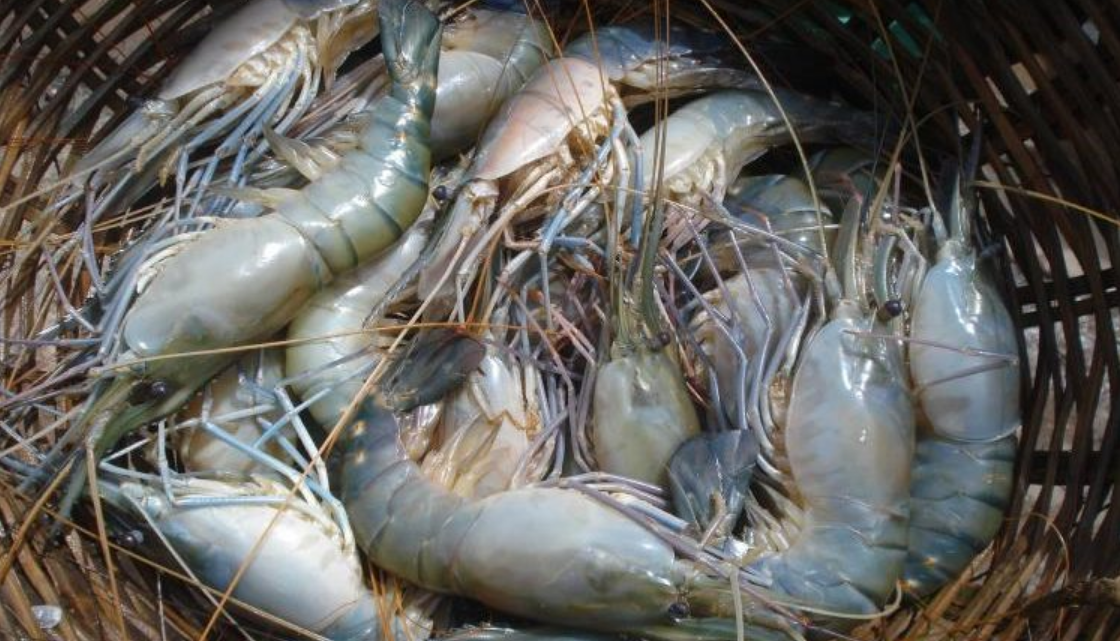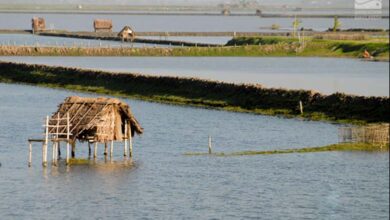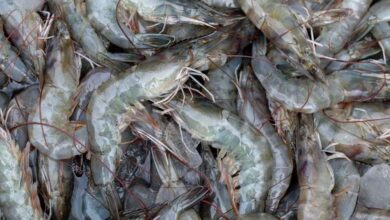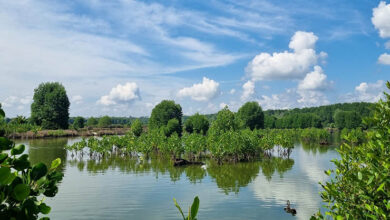
In Khulna district’s Dumuria Upazila, shrimp farming has been profitable due to higher demand and price both locally and internationally. Farmers and other unemployed people in the area were motivated to start shrimp farms after this success.
The earliest upazilas in Bangladesh to practice shrimp farming largely, were Satkhira Sadar, Debihata, Kaliganj, and Shymnagar in the Khulna Region. Later, shrimp farming dispersed over Bagerhat, Pirojpur, Barguna, Patuakhali, and Jashore.
In Bangladesh however, most of the shrimp supply comes from Khulna and Chittagong regions. Although, culture pattern sometimes varies due to environmental factors in these regions.
In the Khulna-Satkhira area, shrimp farming is often done in rotation with agriculture, reflecting the monsoon’s effect on ambient seasonal salinity.
The brackishwater shrimp and fish are usually cultured during January-July, known as the high salinity season.
While, in the low salinity season (August-December) farmers either culture some freshwater shrimp or cultivate agricultural crops.
However, farmers in the Dumuria Upazila are now hesitant to produce crops such as Boro paddy since they get greater profits from Galda cultivation.
The effort, however, began a long time ago, when these farmers received training from the Department of Fisheries as part of the Sustainable Coastal and Marine Fisheries project. Following that, the farmers began farming shrimp in a cluster system.
Cluster-based shrimp farming is a unique approach in which farmers from a given region collaborate in a regulated and organized manner to achieve certain aims and objectives.
Cluster shrimp farming is creating new opportunities for boosting safe shrimp production, strengthening the coastal agro-economy, alleviating poverty, and meeting the SDGs in Bangladesh.
According to one of the successful shrimp farmers, “Shrimp fry are readily accessible, and shrimp farms may be established with minimal expenditure. Shrimp can be cultivated all year. And for that, we are all interested in it.”
Using a cluster structure and contemporary technology, shrimp output in the Khulna area has been increased from 300 kg per hectare (ha) to 1,000 kg.
However, it’s not only the system that benefited the farmers. The fair pricing is also a crucial factor here.
There’s a notion that shrimp from Bangladesh costs more than shrimp from other competitors. There are several reasons for this, but one, in particular, is that white leg shrimp (L. vannamei) dominates the world shrimp market, whereas Bagda (black tigers) dominates Bangladesh’s shrimp industry.
However, a well-developed domestic market might help to partially overcome this issue. If given greater guidance, funding, and technical expertise, shrimp farmers in other parts of the country may achieve the same level of success as those in Dumuria, Khulna.
Jaber Bin Abdul Bari
Department of Oceanography, NSTU




